Oshougatsu
Mou ikutsu neruto Oshougatsu
Oshougatsu niwa tako agete
Koma wo mawashite asobimasyo
Hayaku koi koi OshougatsuMou ikutsu neruto Oshougatsu
Oshougatsu niwa mari tsuite
Oibane tsuite asobimasyo
Hayaku koi koi OshougatsuLyricist:HIGASHI Kume
Conposer:TAKI Rentaro
in 1901
New Year
After a few more nights of sleep, it’s New Year’s Day!
When New Year’s comes, let’s fly kites together
Let’s spin the Spinning top and play!
Come on, come on, come on, come on, New Year’s Day!
How many more nights of sleep, it will be New Year’s
When New Year’s comes, let’s play with bounce a ball
Let’s play Japanese traditional badminton!
Come on, come on, come on, come on, New Year’s Day
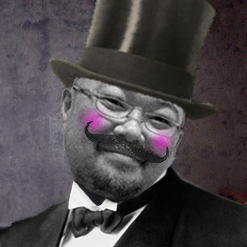
In Japan, “New Year’s” is an incredibly significant seasonal celebration. It marks the start of the year and serves as a chance for a fresh mental and physical reset.
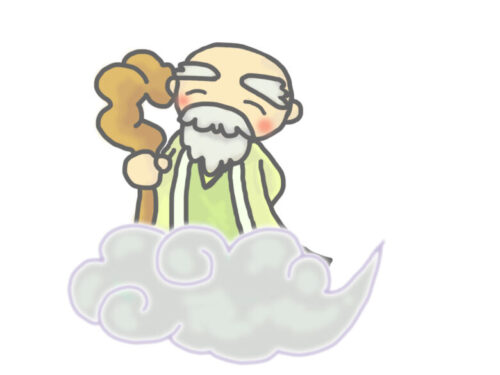
To welcome “Toshigamisama,” the deity of the New Year, people adorn their homes with “Kadomatsu” on auspicious days at the year’s end, prepare “Kagamimochi” and ceremonial sake, all in readiness for the welcoming ceremony. From New Year’s Day until the 3rd, known as “Sanganichi,” it was customary for families to peacefully spend time with Toshigamisama. Until the 1970s, shops would uniformly close, allowing homemakers to prepare “Osechi Ryouri,” dishes that could be made in advance, as they wouldn’t need to work during that period. Families would gather around the kotatsu, enjoying mandarins, visiting relatives and friends to exchange New Year’s greetings, while adults would share “Osechi Ryouri,” and sake from noon… that was the norm back then, an era without convenience stores like today.
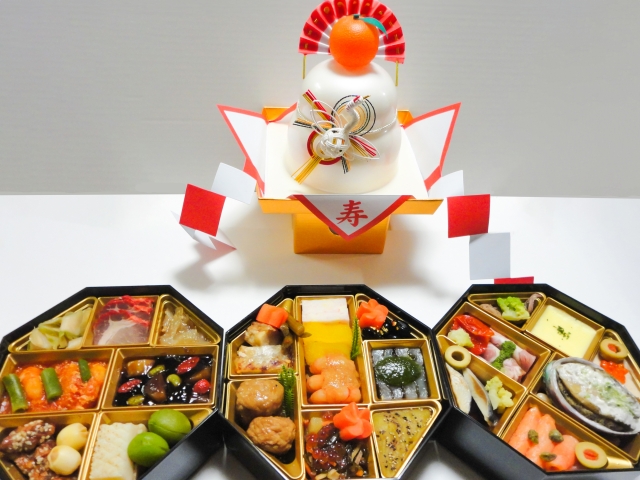
Relatives living apart would also come together, and children eagerly awaited receiving “Otoshidama,” a New Year’s gift of pocket money. Cousins would gather, engaging in activities like flying kites, spinning tops, or playing “Hanetsuki” – an era without video games.
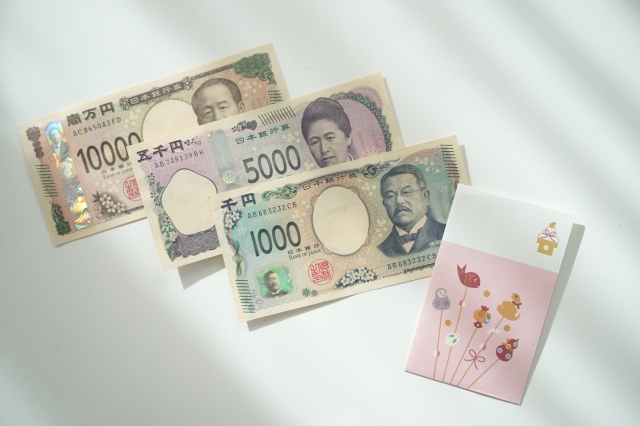
Traditionally, until the 15th in the new year, or shortened to the 7th in the Kanto region, “Matsunouchi” was observed. It’s a period where Toshigamisama is entertained at home, before gradually returning to the routine as the cold winter persists.
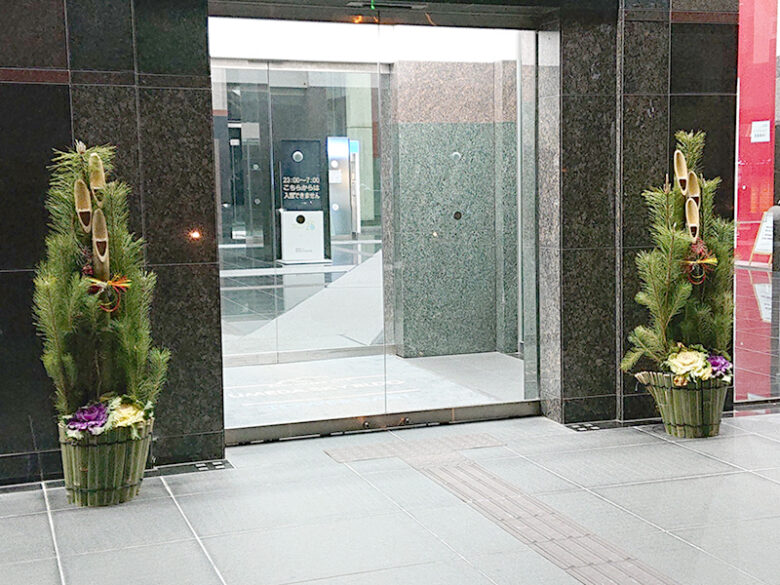
This song beautifully portrays the anticipation of children eagerly awaiting such “New Year’s” celebrations, expressed in simple yet heartfelt words, making it a timeless and cherished song sung across generations. HIGASHI_Kume, the lyricist, is known as the first person in Japan to write lyrics in colloquial language.
Selected as one of the”100 Best Japanese Songs”.
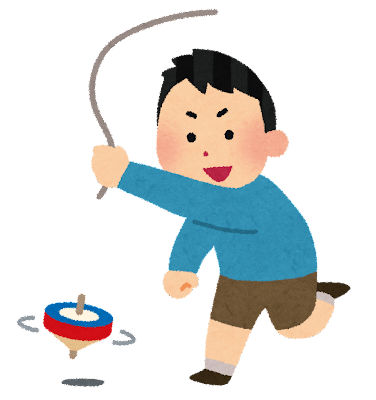
By the way, “Gantan” and “Ganjitsu” are often used interchangeably, but the character “Tan” is said to represent the rising sun depicted by a single horizontal line beneath the sun, signifying the morning of New Year’s Day.
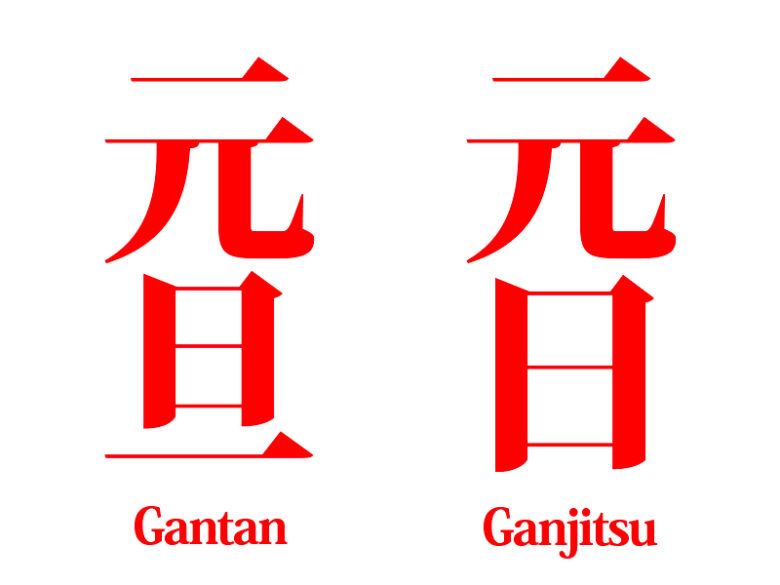
▲Shingu City, where Higashi Kume was born and raised, is also known as the World Heritage Site of Kumano Kodo.

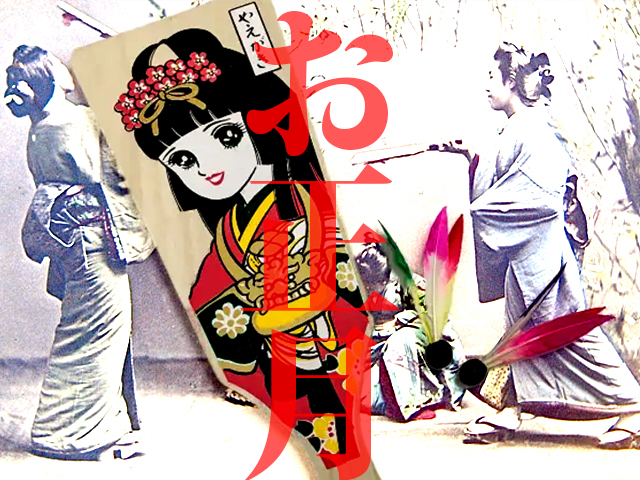


コメント